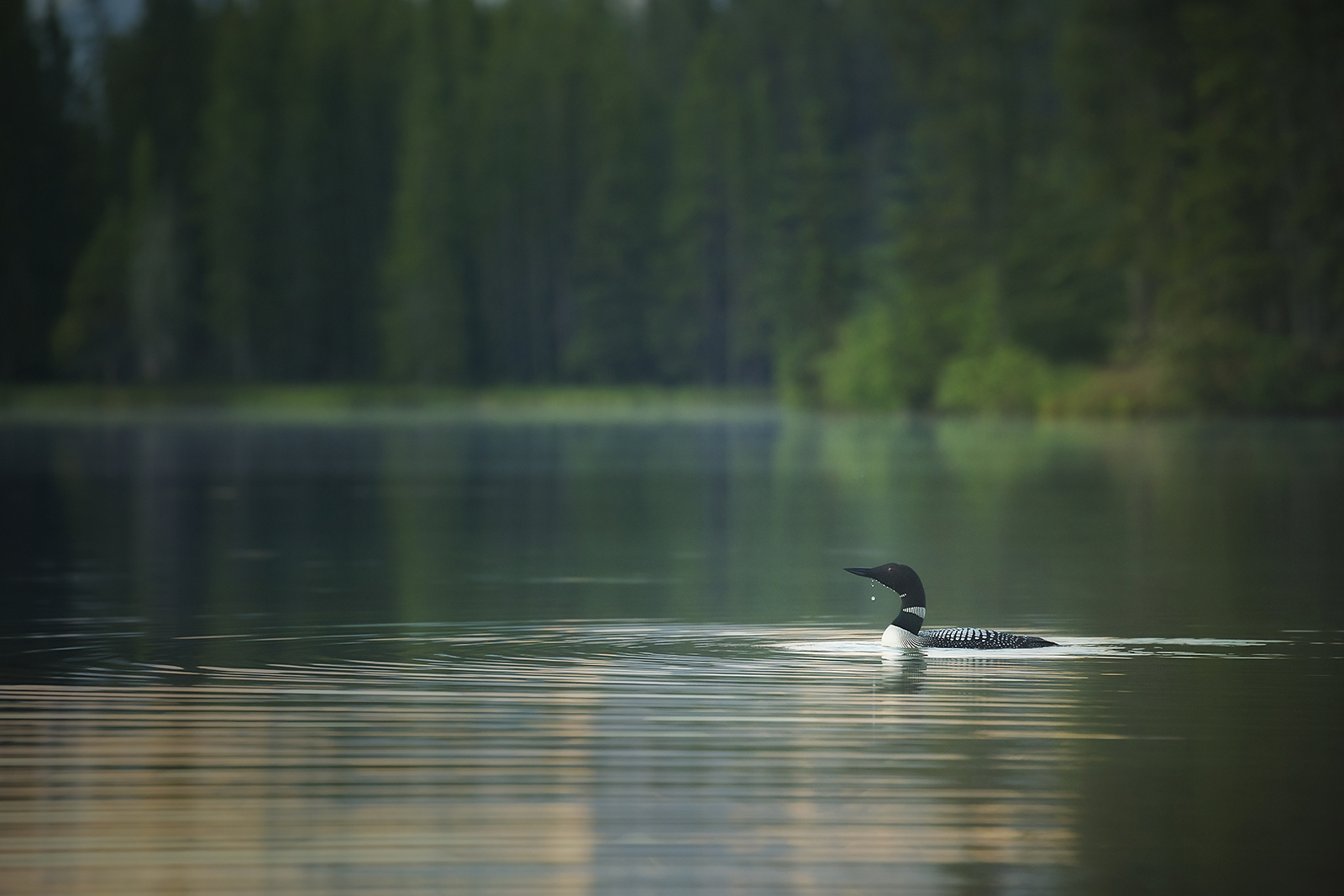From the cedar and Douglas fir trees in British Columbia to the maple and spruce trees in Ontario and Quebec, Canada’s forests are a major contributor to the region’s natural beauty and vibrant economy.
As we commemorate National Forest Week in Canada, here are four facts about Canada’s forests and how we work to ensure their sustainable future:
1. Canada’s forest area is stable, with less than 1% deforested since 1990.
Forests cover 38% of Canada’s land area, making the nation the third-most forested country in the world, according to the most recent State of Canada’s Forests report.
Of Canada’s 361 million hectares of forest, more than 90% are on public lands. These forestlands are managed in accordance with rigorous laws and policies designed to encourage sustainability and to consider the needs of many stakeholders. Canada’s rate of deforestation, which occurs when forestlands are converted permanently to another use, is among the lowest in the world.
2. Nature disturbs forestlands more than harvesting.
Forests are natural areas that are most often disturbed by natural events, such as fires, insects or disease. Canada’s Ministry of Natural Resources estimates that 18 million hectares of forestlands are affected by insects, wildlife, drought and disease each year.
In recent years, less than 1 million hectares have been harvested annually.
Ontario’s boreal forest is a fire-driven ecosystem, with fires playing an important and regular role in renewing the forest by removing competing vegetation, recycling nutrients and allowing sunlight to reach the forest floor.
This forest covers 50 million hectares (nearly 124 million acres) and is composed largely of spruce, jack pine and other coniferous softwoods and hardwood species of poplar and white birch. The forest also is home to a wide range of wildlife, from porcupines to caribou.
The province mandates a clear-cut harvesting system for managed areas, in part because it is the proven method to emulate fire disturbance and mimic the natural progression and growth of the forest.
3. Inclusive planning improves boreal forest management for all stakeholders.
Because the majority of Canadian forestlands are located on provincial or territorial public lands, those governments are responsible for forest management. By law, all forest harvested on public lands must be regenerated.
Domtar is licensed by the Province of Ontario to manage two Sustainable Forest Licenses in the boreal forest. These licenses are for the Trout Lake Forest and the Wabigoon Forest.
As part of the license requirements, we develop forest management plans following a strict process that allows for input from industry, government agencies, Indigenous Peoples, the public and other stakeholders. This outlines where, when and how forestry operations will take place, such as harvest, renewal, road construction and wildlife management.
Monitoring our operations is also critical to ensure continuous improvement. We actively assess our operations regularly and engage independent third parties to do the same.
In addition, we are working to educate and train a new generation to sustainably manage forests.
4. Forests play an important role in reducing carbon emissions.
Millions of hectares of boreal forest not only support a vibrant economy and culture in Canada, but also help reduce carbon emissions in our atmosphere.
Scientists and politicians note that planting trees could be among the most significant efforts to sequester carbon and mitigate climate change. While natural disturbances in forests, such as wildfire, can be a source of carbon emissions, the continued growth and regeneration of forests helps store carbon.
One more environmental benefit of sustainably managing forests is being able to use biomass as a renewable and carbon-neutral energy source.
More ways Domtar and Paper Excellence Group companies support the boreal forest:
Resolute Blog: 10 Things to Know About Canada’s Boreal Forest
